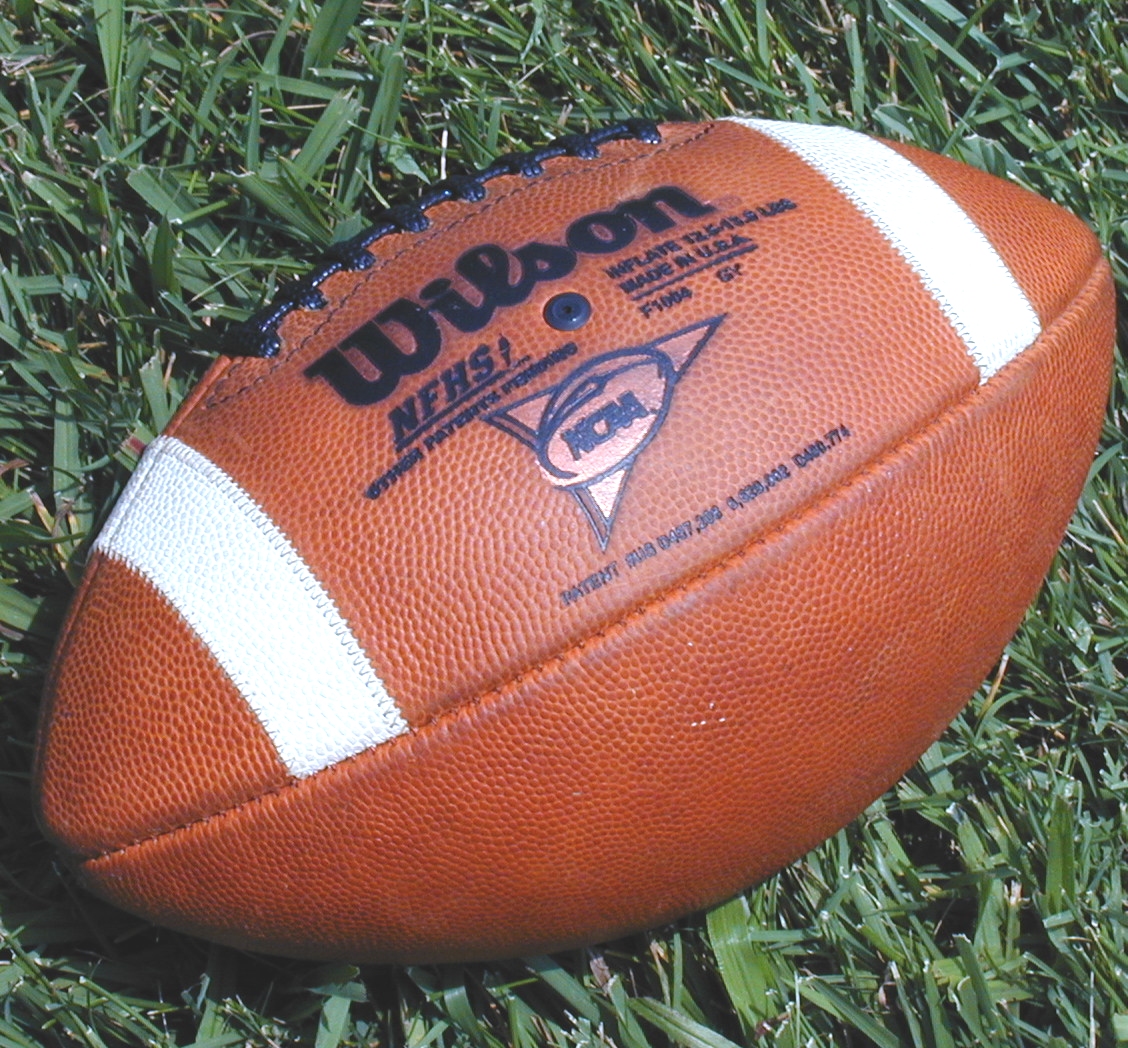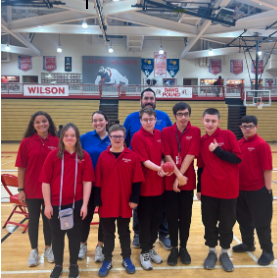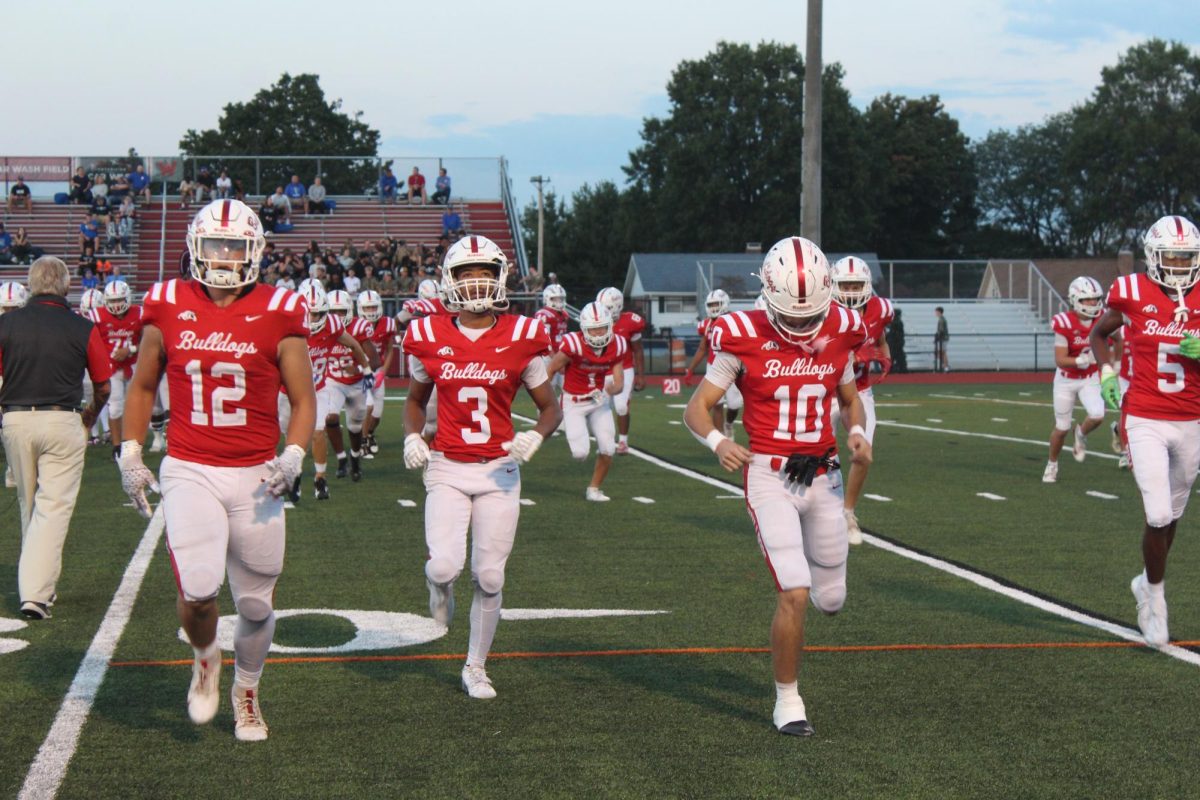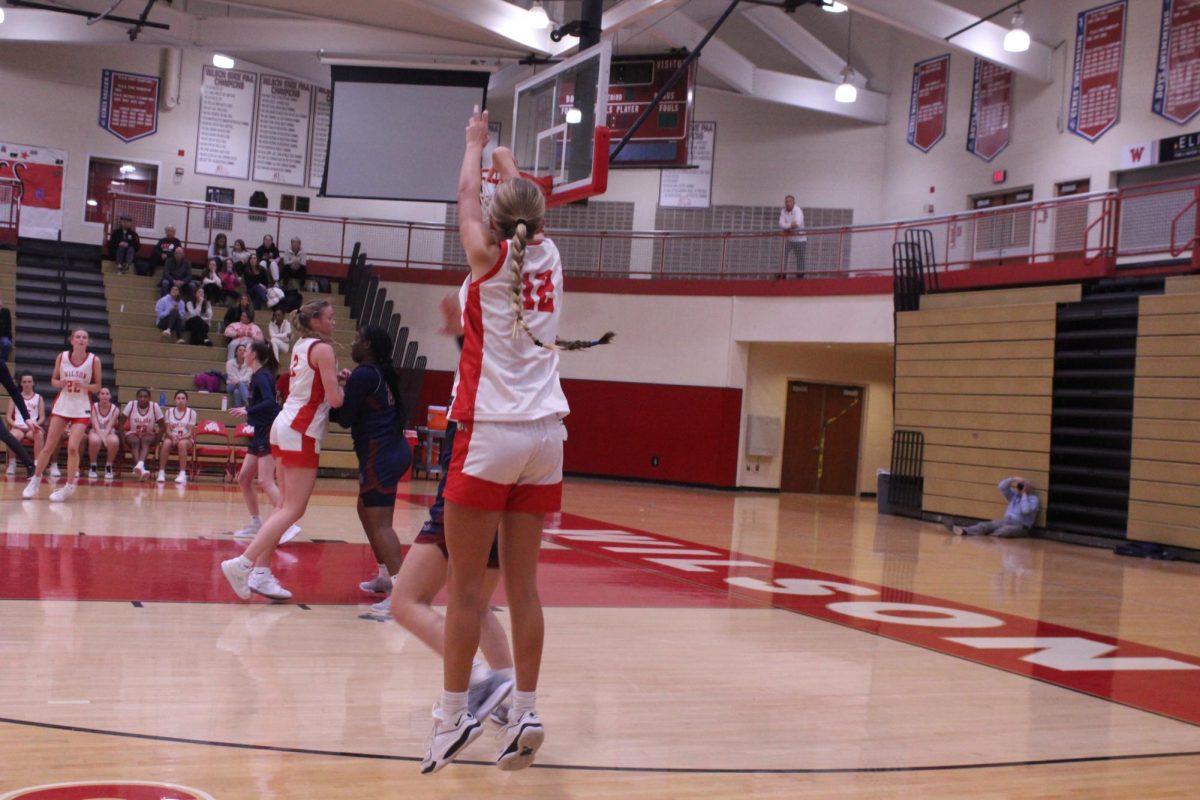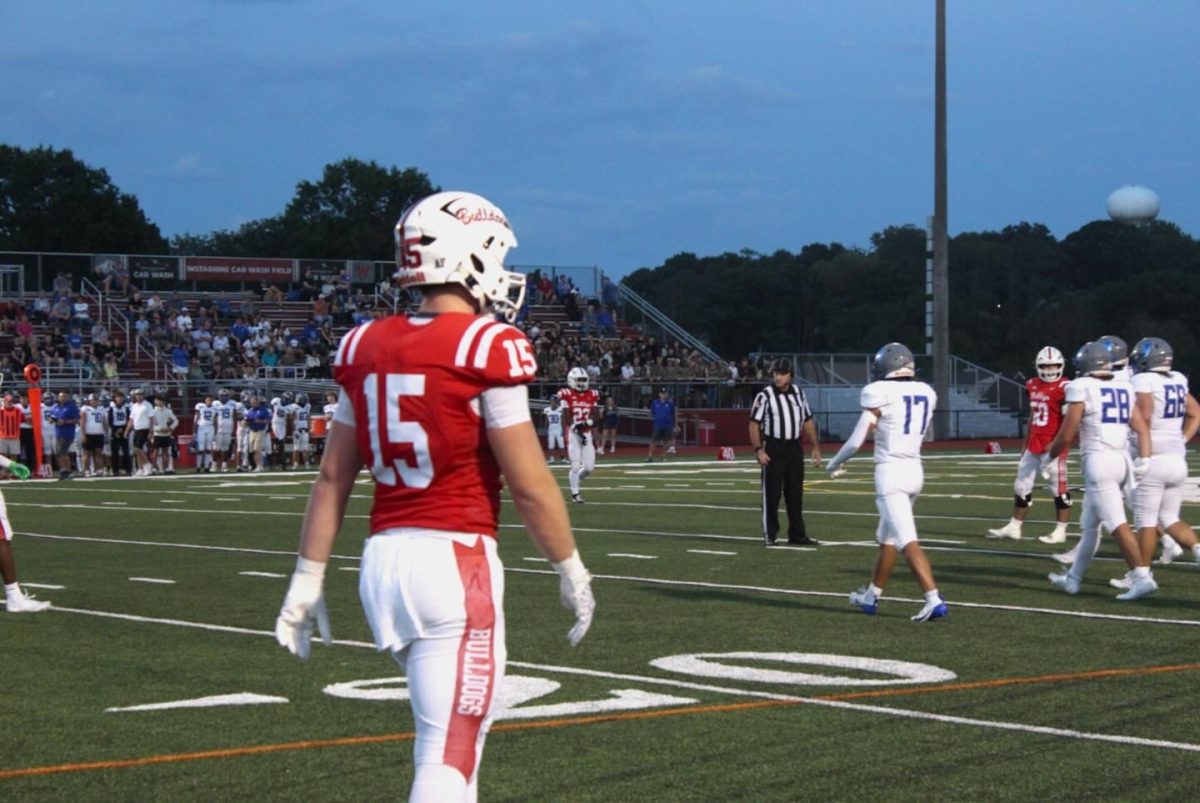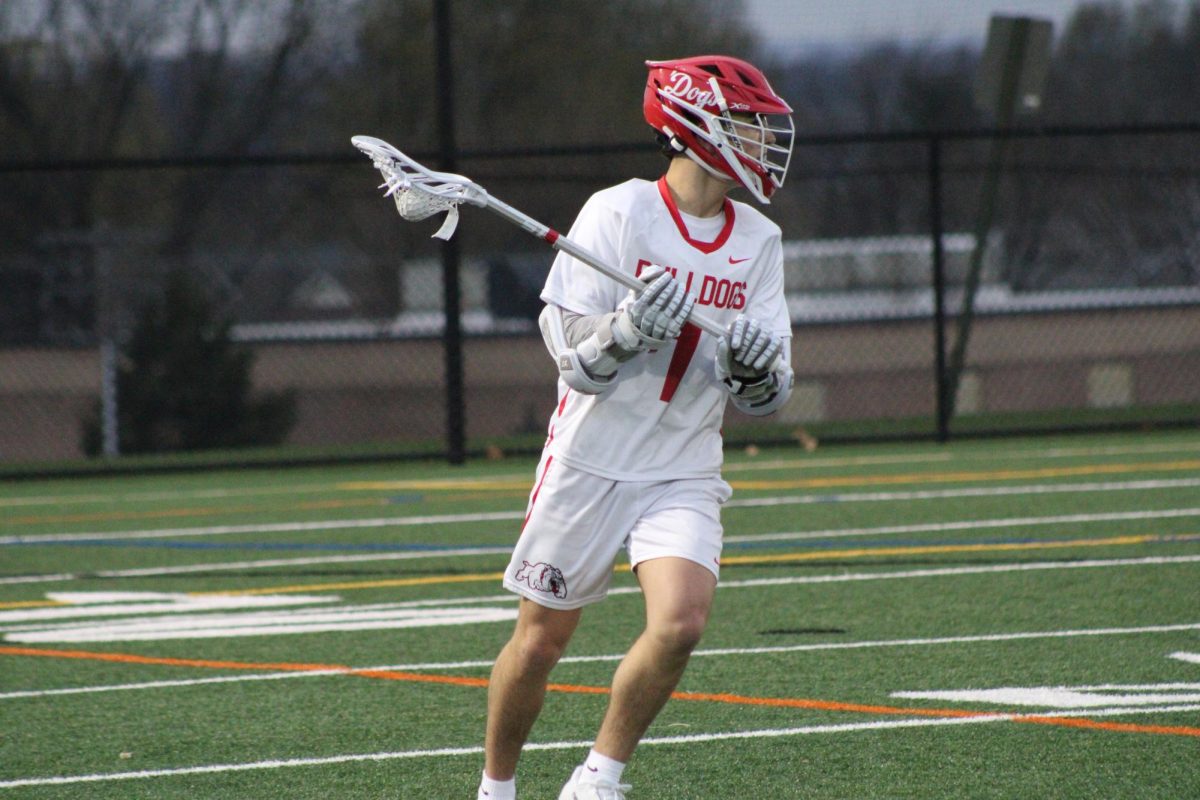Nationwide, approximately 8 million students participate in a high school sport. Year-round, these teams are winning championships, traveling, and practicing almost every day. The level of competition has increased, and so have the stakes. Coaches are more competitive than ever. This can seem beneficial to the spectator watching their favorite football team win the state championship; however, the pressures these athletes face could be detrimental to their academic performance and overall mental well-being.
Most high school students are learning for eight hours a day. This does not include the time spent studying and doing homework after school. It is very possible to do well in school while being committed to a sports team. The problem arises when it becomes more of a job and less of an extracurricular activity.
I interviewed a local student athlete who is going on to play at a collegiate level, commented on the balance of academics and athletics: “There is a reason that the word ‘student’ comes first in ‘student-athlete.’ Academics should always come first, but many student-athletes, especially at the college level, do not have the luxury of being a student or a person first. Instead, they are a product, something that their coach, program, or school can show off. They are simply a number on a roster as opposed to an actual human being.”

The local student athlete states, “As someone who takes a heavy course load, there have been times when I have struggled to maintain the balance between my academic and athletic lives. There were times when I had to do schoolwork on the bus travelling to and from games, or stay up late and get up early to finish an assignment. I think the most important thing to remember in these hectic moments is that it will pass. Something that has helped me is carving out time in my schedule to make sure I am completing assignments on time, even when I don’t have that much free time.”
In the United States, about 9% of high school students go on to play sports in college, with a 2% chance of playing at a Division I school. It is common for coaches to look for their athletes to go on to compete with teams that are the best of the best. This should not be the reality. A coach should be looking for team development and growth while also supporting their advanced players if they so choose to take their sport to the next level. By pushing an athlete towards a certain plan, you are pushing them away from the sport they love. Participating in athletics at any collegiate level is an accomplishment, and a good coach will be looking to foster their athlete’s love of the sport. That will then propel them towards success.
The immense amount of pressure can drive young individuals to the point of burnout. This can cause a decline in overall performance and an extreme deficit to their mental health, along with increased anxiety. A study from New York University states that around 45% of young athletes quit their sport because of their mental health. That is so much talent lost too soon. Constantly being compared to fellow teammates and feeling the need to carry the weight of your future career so early on in life has lasting effects.
The local student athlete felt strongly about the culture surrounding sports at all levels, “There is a lot of gray area on what is and is not acceptable, as the culture of sports within our current society has begun to become accepting of abusive behaviors. This allows for perpetrators to continue coaching

without anyone saying anything about it, creating a culture of fear and silence within athletic programs. If coaches create open, positive environments for their athletes, not only will this hold them accountable for their actions, but it will also improve the lives of the athletes they are coaching.”
Although it is extremely important to train hard for the season, it is important for coaches to do their research when creating plans for practices. Athletes need to maintain their physical well-being while in season to perform to their best ability. This means that coaches must recognize when players are fatigued or in pain and plan their workouts accordingly. By simply doing some research on how to create specialized workouts for a particular sport, athletes will be in better shape when game time comes. Mental exhaustion can also lead to a decline in a player’s performance at practice.
The local student athlete also states, “The biggest setback that I have faced within my development as a student-athlete has been the sheer and absolute ignorance of mental health, specifically anxiety… It has been hard to express this feeling to those who are unwilling to understand the condition. Instead, I have had coaches tell not only me but the entire team of individuals, many of whom struggle with mental health, that our anxiety is not real, it is only perceived.”
So, whether you are an athlete, coach, or parent, ask yourself, “What can I do to make this activity more fun and less stressful for myself or my athlete?” As a student athlete, a lot can be done by stepping back and organizing your schoolwork and practice schedule. Carve out blocks of time to get

your work done and communicate openly with coaches and other teammates if it becomes too much. As a coach, be understanding and focus on specialized training for the sport. Many coaches have a hard time practicing what they preach, whether that be on the subject of physical or mental health. They often get caught up in the game and can unknowingly neglect the well-being of their athletes along the way. Awareness is the best solution. A parent’s role is to support their child, not coach from the bleachers. By eliminating the added pressure of athletes needing to please their family, teammates, and coaches, it is possible to create a better culture in high school sports around the world.
“Athletes’ mental and physical health should be at the forefront of every program’s concern…There is a culture of fear and silence…”
